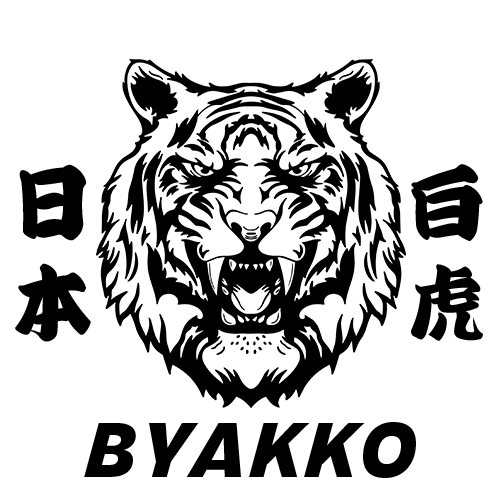Introduction
In Japan, there are many shrines and temples across the country. They are popular tourist spots and also important places for local people's faith. But when someone asks, “What’s the difference between a shrine and a temple?”, many people are not sure how to answer. They look similar, and you can visit both to pray, so it can be confusing.
This article explains the differences in a simple way, looking at religion, buildings, how to pray, events, and history. It’s written so that beginners can understand easily. It also answers common questions, which can help when visiting or explaining these places to others.
Religious Background
Temples – Places for Buddhism
Temples are part of Buddhism, a religion that started in India around the 5th century BCE by a man called Buddha (Siddhartha Gautama). His teachings focus on ending suffering in life.
Buddhism came to Japan from Korea in the 6th century and became popular in the time of Prince Shōtoku. Temples have statues of Buddhas or Bodhisattvas (enlightened beings), and monks live there to follow Buddhist teachings. Temples are used for:
-
Studying and practising Buddhism
-
Monks’ training
-
Prayers and memorials for the public
-
Ceremonies like funerals
Shrines – Places for Shinto
Shrines are part of Shinto, Japan’s old religion. Shinto has no founder or holy book. It is about respecting nature and ancestors. People believe gods (called kami) live in natural things like mountains, rivers, or the sun.
Shrines have special workers (priests and shrine maidens) who take care of rituals and festivals. Shrines are used for:
-
Praying for safety of families, communities, and the country
-
Saying thanks and connecting with the gods
-
Keeping local traditions and culture through festivals
Differences in Buildings
Temple Structures
Temples often have a large gate called Sanmon, which shows the entrance to a sacred space. You may see strong statues at the gate (called Nio) that guard the temple.
The main hall has Buddha statues and is where monks pray. There may also be buildings for keeping scriptures or for monks to live in. Temple roofs often curve upward and are colourful, showing influence from China and India.
Shrine Structures
The most famous part of a shrine is the torii gate. It marks the line between the human world and the sacred world. Along the path, there is a water basin (temizuya) to wash your hands and mouth.
People pray at the worship hall, and behind it is the main sanctuary, where sacred objects are kept (like mirrors or swords). Shrine buildings are usually simpler in shape and style.
How to Pray
At Temples
-
Bow before entering the gate.
-
Clean hands and mouth at the water basin.
-
Stand in front of the main hall and put your hands together in prayer.
-
You may ring the bell if allowed.
-
You can give coins, but it’s not required.
-
Do not clap your hands – just pray quietly.
At Shrines
-
Bow before walking through the torii gate.
-
Clean hands and mouth at the water basin.
-
Ring the bell (if there is one).
-
Put a coin into the box.
-
Follow the “two bows, two claps, one bow” style of prayer.
Festivals and Events
Temple Events
Temples have events based on Buddhist customs:
-
Obon (August) – remembering ancestors
-
Nehan-e (15 February) – remembering Buddha’s death
-
Hanamatsuri (8 April) – celebrating Buddha’s birth
Also, many funerals and memorial services are held at temples.
Shrine Events
Shrines hold seasonal festivals, often linked to nature and farming:
-
Hatsumōde (January) – praying for a good year
-
Setsubun (February) – driving away bad luck
-
Shichi-Go-San (November) – celebrating children’s growth
-
Summer festivals – wishing for good harvest and local happiness
Shrines also hold purification rituals and ceremonies for life events.
History: Mixing and Separating Shrines and Temples
Shinbutsu-shūgō – Mixed Worship
For many centuries, Shinto and Buddhism were mixed in Japan. This was called Shinbutsu-shūgō. From the Nara period to the Edo period, people often worshipped both gods and Buddhas in the same place. Some shrines even had Buddha statues.
Shinbutsu Bunri – Separation of Gods and Buddhas
In the Meiji period (1868–), the government wanted Shinto to be Japan’s national religion and separated it from Buddhism. This was called Shinbutsu Bunri. Many temples were closed, and Buddhist things were removed from shrines.
From that time, shrines became clearly linked with Shinto, and temples with Buddhism.
FAQs
Q: For New Year visits (Hatsumōde), should I go to a shrine or a temple?
A: Either is fine. Some people go to shrines to make wishes. Others go to temples to pray for safety or get good luck charms. It depends on your family or belief.
Q: Can I get lucky charms (omamori) at both?
A: Yes. At shrines, they represent the gods’ protection. At temples, they represent blessings from Buddhas.
Q: What should I not do as a tourist?
A: Don’t be loud, take pictures where not allowed, or walk in the middle of the path (which is for the gods). Always be respectful.
Summary
Shrines and temples are different in many ways—religion, buildings, prayers, festivals, and history. But both are very important parts of Japanese culture. If you visit them with respect, you can enjoy and understand them more deeply.
Why not try noticing the differences next time you visit one?
